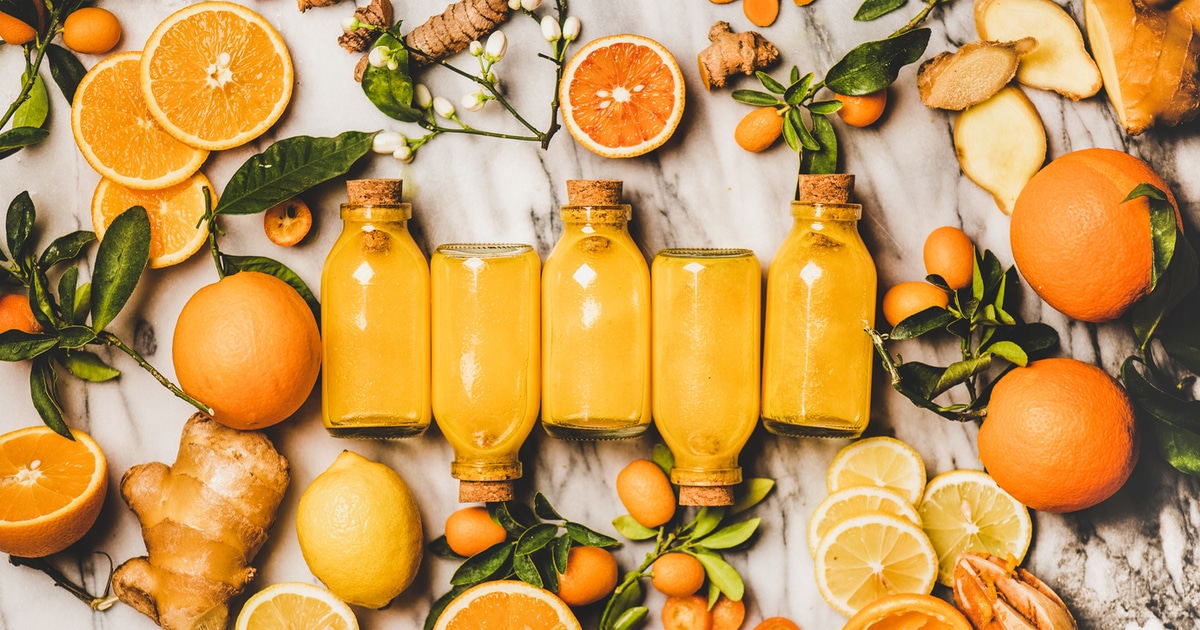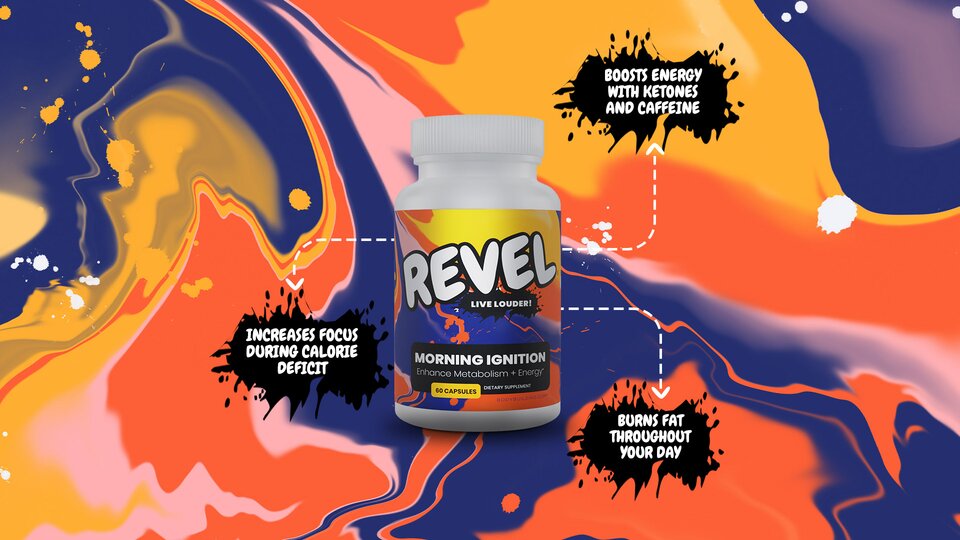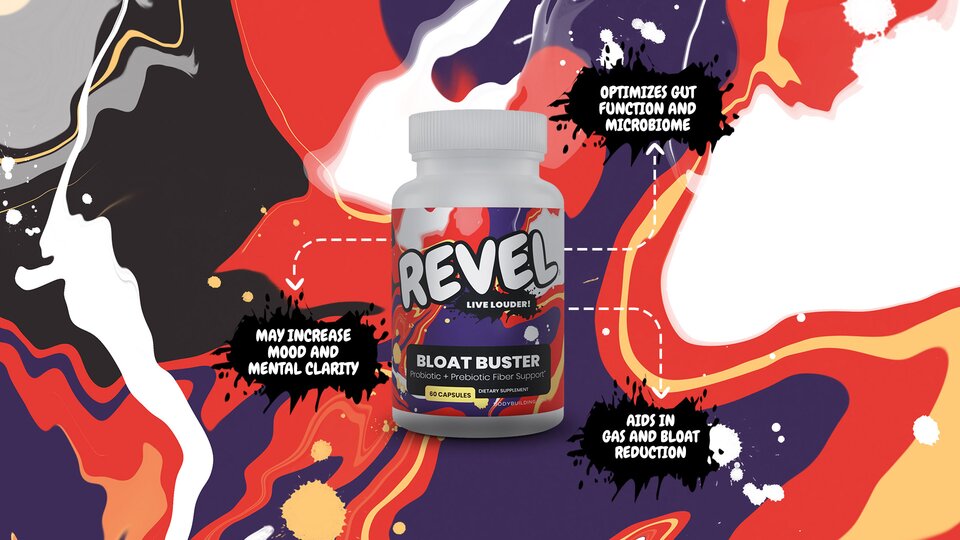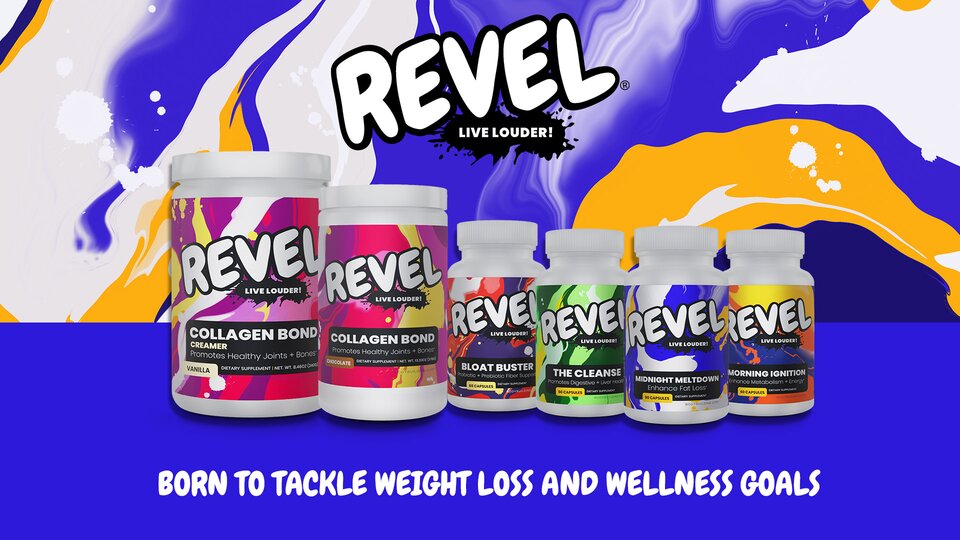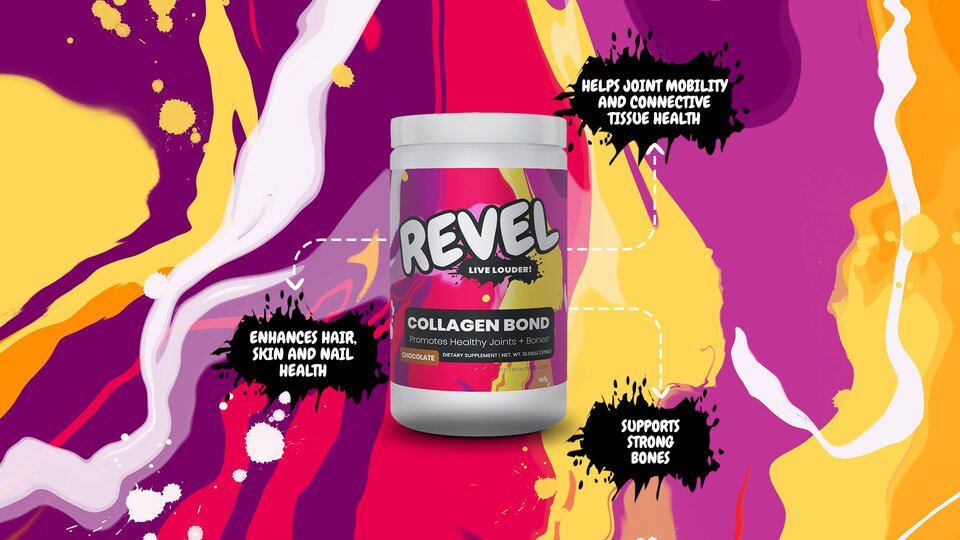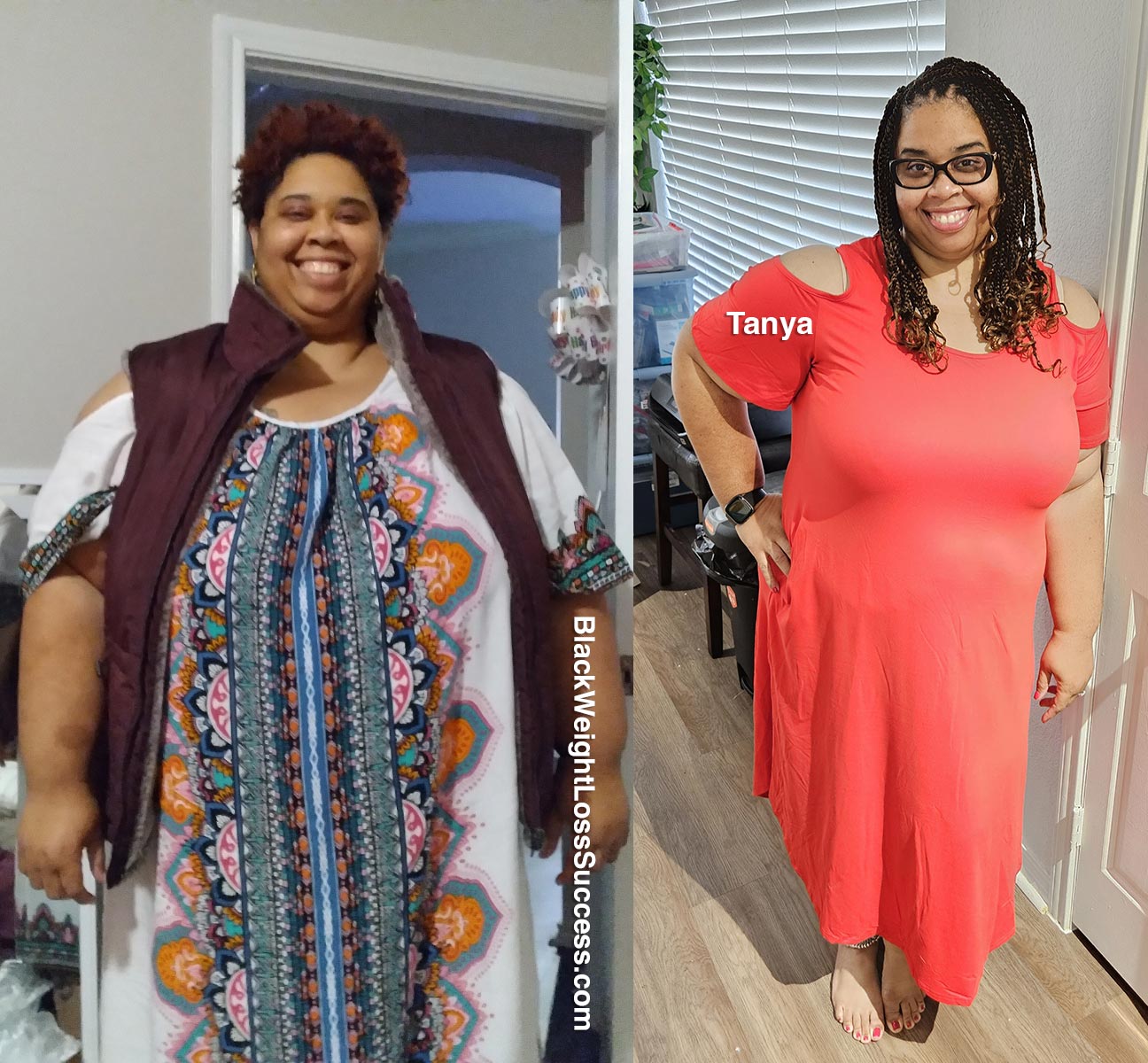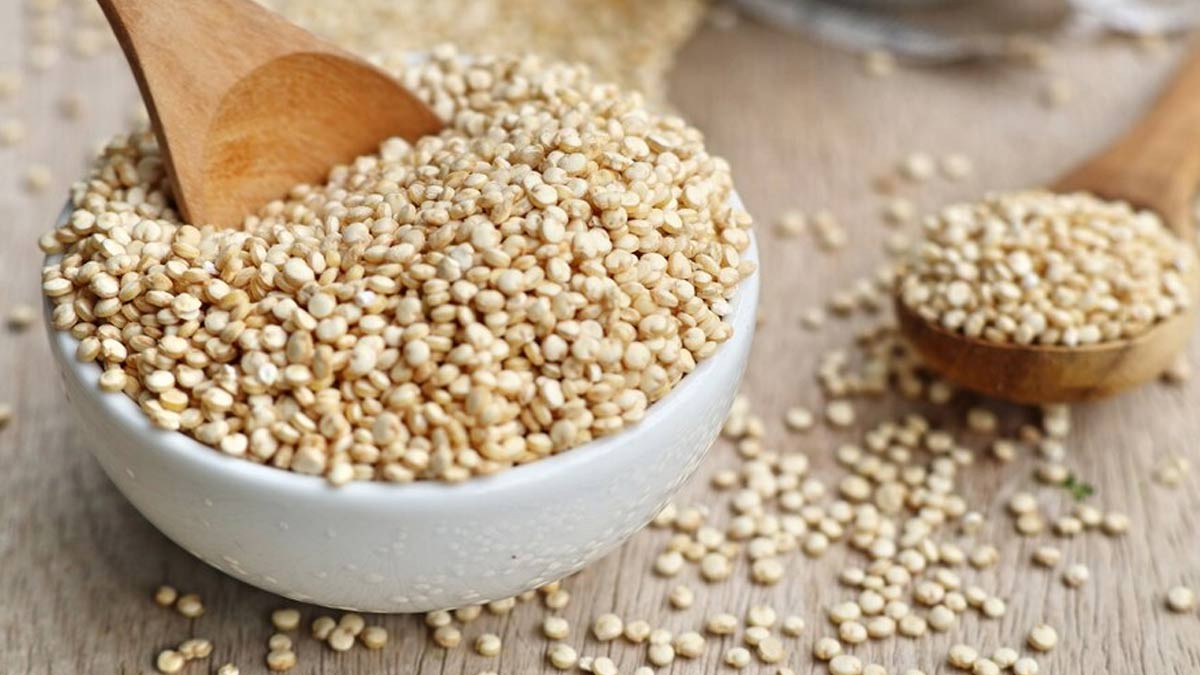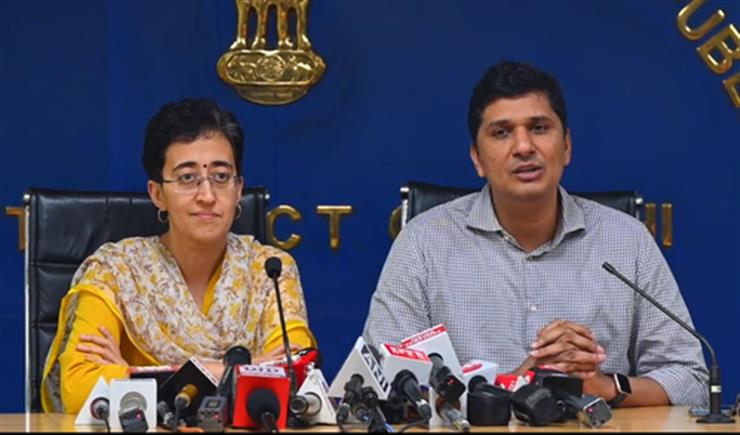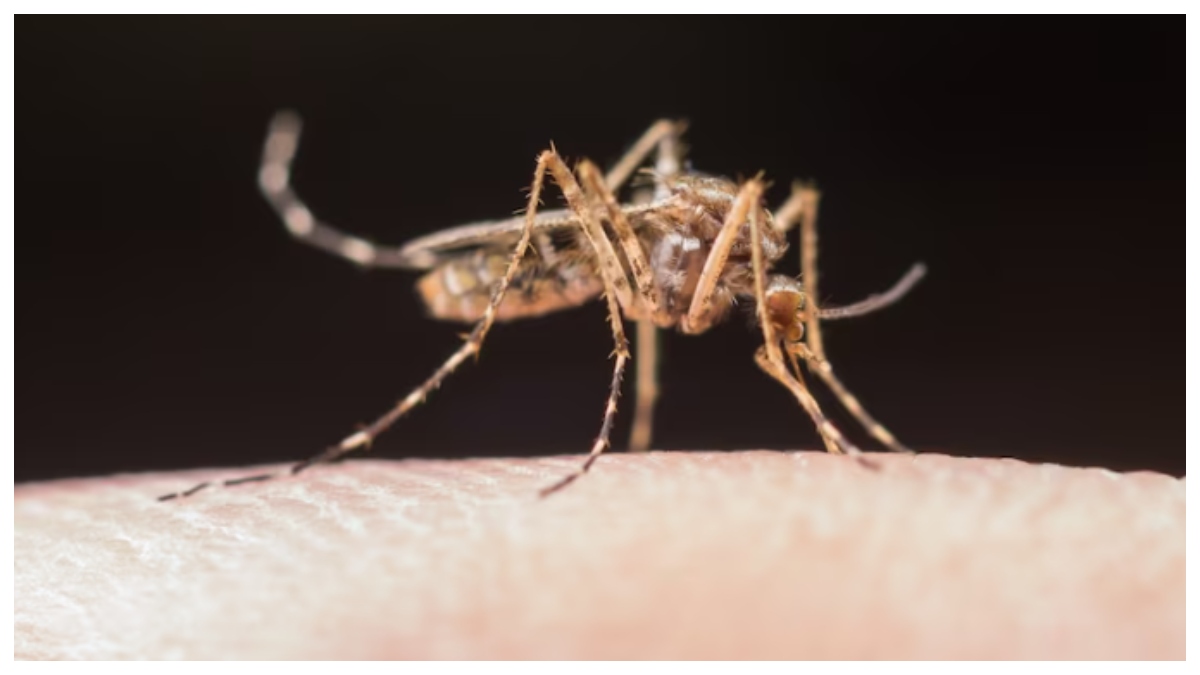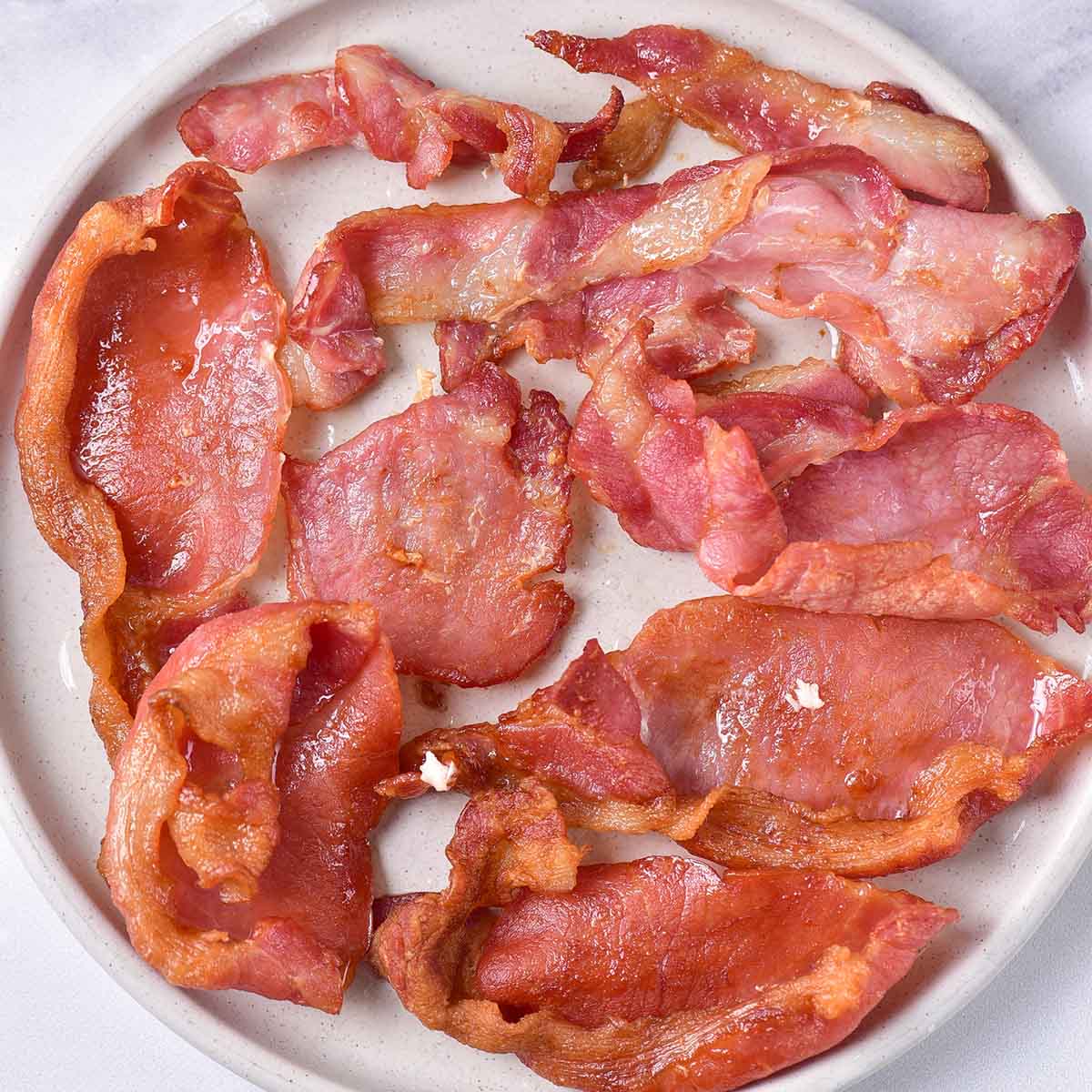Inflation is back on the rise. After dropping down to three percent in June of this year, it crept back up to almost 4% as of the latest numbers from the Bureau of Labor Statistics (BLS) Consumer Pricing Index.
Finding ways to cut back without losing the quality of living can take time and effort. That’s where a diet that’s rich in vegetables can help out. While vegan diets receive a lot of ridicule, the truth is that they can not only be better for your health but also great for your wallet. Gradually going completely vegan also provides benefits. Swapping out several meat meals a week for vegan ones will make your bank account and the environment happier.
While vegan diets are more prevalent in Asia and Western Europe than in the United States, the percentage of people saying they follow this diet has grown. The vegan food market is projected to experience substantial growth, increasing from $16.05 billion in 2022 to $18.27 billion in 2023. The exponential expansion should boost the market to $29 billion within five years. This projection is excellent news for the environment and animal welfare and can also be great news for your budget.
Flavorful Not Funny
Impossible Meat is a fantastic product that not only imitates the flavors of meat but also cooks like it, turning from pink to brown while cooking. However, if you’re looking to replace meat with mock meats such as Impossible Meats or Beyond Meat, you’ll notice that these items are much more expensive than your standard chicken or beef cuts.
If you can’t live without meat, this is an excellent product to turn to as a “sometimes food.” Instead, fill your grocery cart with plant-based foods, such as grains, legumes, and vegetables, which are generally more affordable than animal-based products; this leads to potential cost savings on grocery expenses.
Introducing these items into your diet can be a learning curve, but it will become second nature once you get used to it. There are some amazing websites with vegan-based recipes. Try searching for ‘simple,’ ‘easy,’ ‘cheap,’ or ‘budget’ vegan recipes and pick a few that you can introduce into your nightly meals.
Cheap Proteins
One of the significant issues with a vegan diet is where you will get your protein and iron from. You have plenty of options when you’re looking to save money.
Soybeans and their by-products are a great source of both protein and iron. Tofu and tempeh are acquired tastes, but they can shine with the right marinades and stir-fries. TVP — Textured Vegetable Protein — is made of soy flour and other grains. This product is sold in different varieties that imitate meat chunks or ground meat. You can buy it from places like Whole Foods or in bulk online. Once it’s in a dish like spaghetti Bolognese, it’s difficult to taste the difference between it and real meat.
Other legumes like lentils, chickpeas, and black beans are also cheap sources of protein and iron. Try a meatless chili or chickpea and potato curry over rice. There are plenty of delicious vegan meals to try.
Reduced Healthcare Costs
By adopting a vegan diet, individuals may experience improved health outcomes, reducing medical expenses. Studies suggest a well-balanced vegan diet can increase dietary fiber and beneficial nutrients. It can help reduce the risk of heart disease, high blood pressure, and type 2 diabetes.
When properly balanced, a vegan diet can aid in weight management and promote a healthier body mass index (BMI). Of course, it’s important to remember that plenty of junk foods, such as chips, dairy-free chocolates, candy, and fries, are still vegan. Simply giving up meat isn’t going to change your health overnight; incorporating healthy options into your diet will.
Reduced Carbon Footprint
A vegan diet has a lower carbon footprint since plant-based food production generates fewer greenhouse gas emissions than animal agriculture. Studies at the University of Oxford suggested that going vegan could reduce an individual’s carbon footprint by 73%. The reason is the large quantities of food that livestock must consume before undergoing the energy-intensive steps of slaughter, processing, transportation, and storage.
The demand for animal agriculture is a significant driver of deforestation. Adopting a vegan diet can help decrease the pressure on forests and protect biodiversity. Approximately 70% of deforested areas in the Amazon, which is the largest tropical rainforest still existing, are dedicated to cattle ranching. Extensive portions of forests, grasslands, and wetlands are cleared to make space for grazing and cultivating crops for animal feed; this demand would be reduced with a vegan diet.
Reasons People Don’t Go Vegan
While the benefits of going vegan may be tempting, the truth is, if you’re not used to the new types of foods you’ll be eating, it can be easy to give up. Some people have said making vegan foods is too time-consuming or that giving up cheese would be impossible. Others feel that one person going vegan won’t make a difference to the environment or it’s just too expensive.
The answer is to do it gradually. Don’t throw out those pork chops and ribs from your freezer. Find a few simple vegan recipes, enjoy discovering new foods, and incorporate them into your diet. Then, increase the number of days over time. One day, you’ll realize you’re not missing the meat anymore, and your health, budget, and the environment will thank you.
This article was produced and syndicated by Wealth of Geeks.

Ree Winter is a freelance food, travel, and lifestyle journalist. She is an Australian who enjoys traveling the globe and currently calls New Orleans home. Her byline appears in The Thrillist, Inside the Magic, The Streamable, Mashed, The Daily Meal, Apartment Advisor, and Weekend Notes. Fellow Australians may have seen her printed work in The Geelong Advertiser and Docklands News. Besides this, she follows her passions in history and travel plus will gladly admit to being a crazy cat lady.



